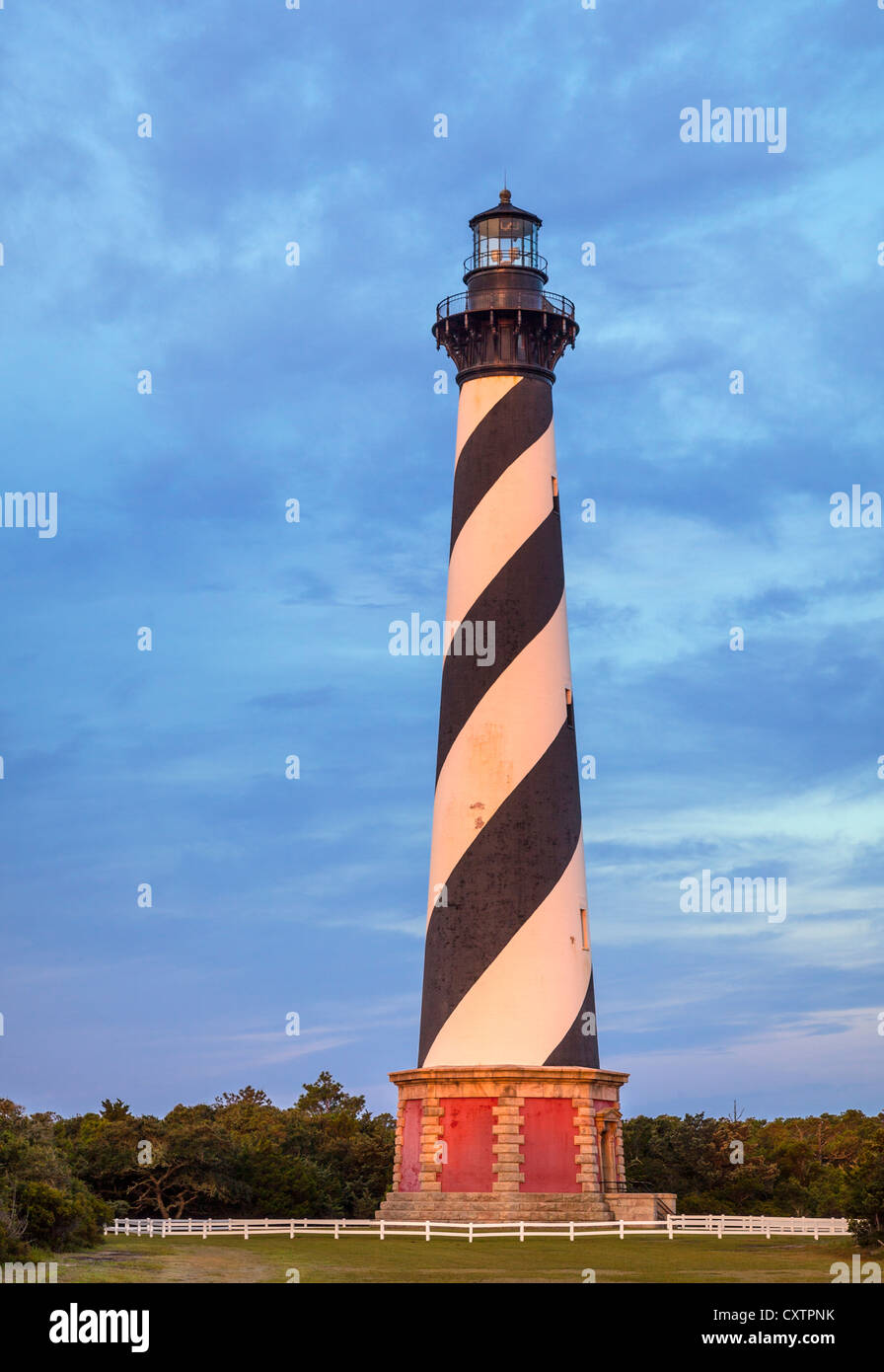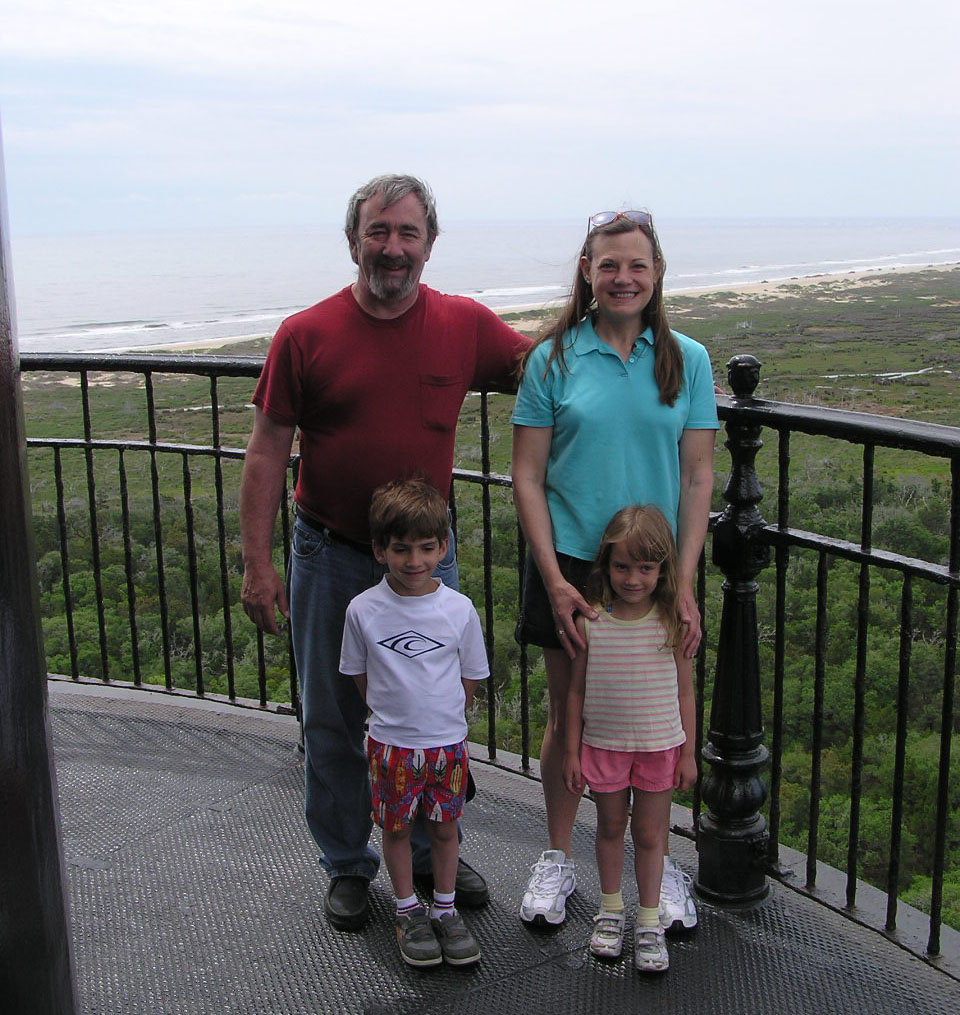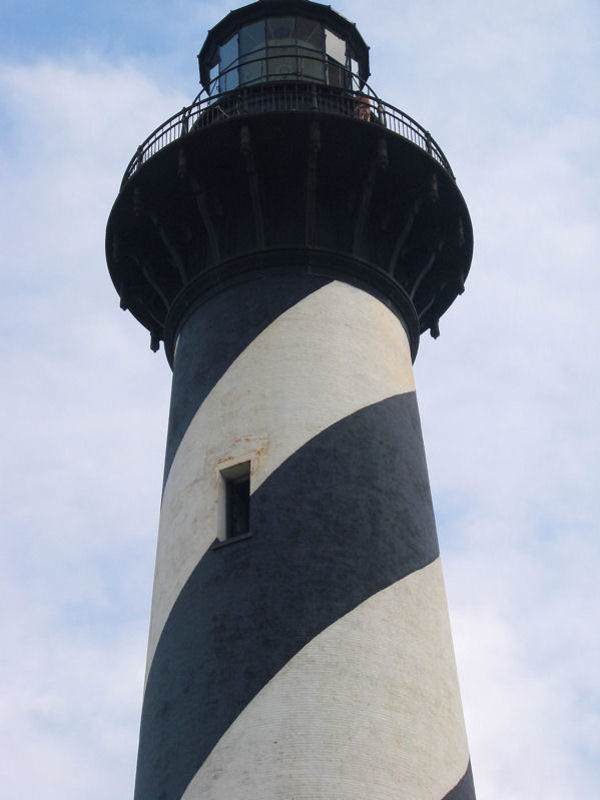

Elsewhere in the Seashore, plantations of pines (loblolly pine, slash pine, or maritime pine ) were established in the early to mid-1900s to reduce erosion and migration of beach sands.In early January 2015, the National Park Service began the process of reviewing and complying with recently passed legislation in the 2015 National Defense Authorization Act, related to Cape Hatteras National Seashore. On Hatteras Island, Buxton Woods is an excellent example of the naturally-occurring, Atlantic Coast maritime evergreen forest vegetation community.

The ground surface may be thick with pine needles, leaves, or moderately vegetated with herbaceous species including beaked spikerush ( Eleocharis rostellata), bushy seaside tansy, blood panicgrass ( Dichanthelium consanguineum), largeleaf pennywort, needlegrass rush, royal fern ( Osmunda regalis). Vines commonly found in patches of maritime forest include Virginia creeper ( Parthenocissus quinquefolia), saw greenbrier, eastern poison ivy, muscadine ( Vitis rotundifolia), peppervine ( Ampelopsis arborea), and climbing hempvine ( Mikania scandens). Maritime forests are characterized by having moderate to dense vegetative cover, dominated by live oak or loblolly pine and many of the following species in the tree sub‑canopy and shrub layers: black cherry ( Prunus serotina), red bay ( Persea borbonia), Darlington oak ( Quercus hemisphaerica), buckthorn bully ( Sideroxylon lycioides), blackgum ( Nyssa sylvatica), American holly ( Ilex opaca), swamp bay ( Persea palustris), wax myrtle, yaupon, black highbush blueberry ( Vaccinium fuscatum), and blue huckleberry ( Gaylussacia frondosa). Virginia creeper (Parthenocissus quinquefolia) Common reed can completely dominate areas, excluding native wetland plant species.

The dominance of common reed in many tidal wetlands today often indicates human-induced disturbance, either through direct habitat manipulation or through passive introduction of this species to naturally disturbed sites.

Large areas of intermittently-flooded brackish flats within the Seashore are infested with common reed ( Phragmites australis), an exotic invasive plant. Among the commonly encountered species are: southern cattail ( Typha domingensis), inland saltgrass ( Distichlis spicata), Jamaica swamp sawgrass ( Cladium mariscus), marsh fimbry ( Fimbristylis castanea), largeleaf pennywort, needlegrass rush ( Juncus roemerianus), saltmeadow cordgrass, sturdy bulrush ( Schoenoplectus robustus), marsh bristlegrass ( Setaria parviflora), seaside goldenrod ( Solidago sempervirens), perennial saltmarsh aster ( Symphyotrichum tenuifolium), and eastern annual saltmarsh aster ( Symphyotrichum subulatum). Large and small ponds, wetlands, and marshes occur throughout the Seashore and have variable vegetation cover.


 0 kommentar(er)
0 kommentar(er)
